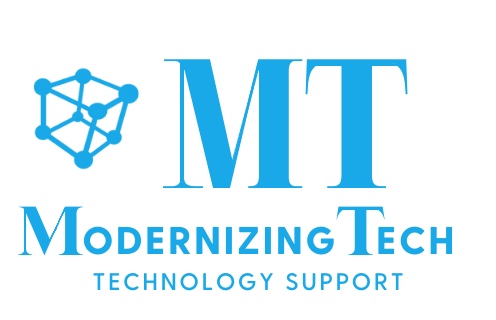Cloud computing has completely transformed the way businesses operate, offering incredible flexibility, scalability, and cost savings. Whether it’s enabling remote work, improving data management, or accelerating innovation, cloud technology is at the core of modern business transformation.
However, despite its widespread use, there are still plenty of questions and misconceptions about what the cloud really offers. Understanding how cloud technology works is key to making confident decisions about adopting it for your business.
We’ll go over some of the most important aspects of cloud computing, clarifying common questions and helping you get a better sense of how it can work for you.
The Reliability of Cloud Platforms
One common concern is whether cloud platforms are reliable enough. Some businesses worry that cloud services could be prone to outages or downtime. But here’s the reality: Major providers like Amazon Web Services (AWS), Microsoft Azure, and Google Cloud invest heavily in building highly resilient infrastructure. These platforms use multiple layers of redundancy, automatic failover, and data replication to ensure your applications and data stay accessible—even if part of the system encounters issues.
While no system is completely immune to failure, cloud providers generally aim for uptime rates exceeding 99.9%. It’s like having a backup power system that kicks in instantly if the main one fails—ensuring your services stay up and running when you need them most.
Is Cloud Security Less Strong Than On-Premises?
Security is often top of mind when businesses think about moving to the cloud. Some worry that storing data off-site introduces new risks. However, leading cloud providers use state-of-the-art security features—encryption, continuous monitoring, and strict access controls—that are often more advanced than what smaller companies can implement on their own.
When properly managed, cloud environments can be even more secure than traditional on-site data centers. Think of it like hiring a team of security experts who monitor your data 24/7. And many cloud providers hold industry certifications, helping validate their commitment to keeping your data safe.
Using One Cloud Provider
Some businesses choose to work with a single cloud provider, assuming it simplifies management. While this can be true in some cases, many businesses today are embracing a multi-cloud strategy—using different providers for different services. This approach can help reduce the risk of relying on a single vendor, providing greater flexibility and resiliency.
For example, you might use one provider for high-performance computing and another for data storage. This way, if one provider has an issue, your operations can continue without disruption. It’s like having several different routes to get to your destination—offering more flexibility and security.
Is Cloud Migration Complex?
The idea of moving everything to the cloud can be overwhelming, especially for businesses that haven’t made a big technology shift before. But the process doesn’t have to be complicated. With careful planning and the right approach, cloud migration can be a smooth and manageable experience.
Start small—perhaps with less critical systems—and gradually scale up as you get more comfortable. Working with cloud specialists can help guide you through the process, minimize disruptions, and ensure a successful transition. With the right plan in place, cloud migration becomes a positive, rewarding experience that sets your business up for long-term growth.
Misunderstandings about cloud computing can lead to hesitation and missed opportunities. Fearing security risks or worrying about downtime might prevent your organization from taking full advantage of the cloud’s many benefits—from easier collaboration and faster disaster recovery to scalability and cost efficiency.
Informed decisions can help you fully leverage cloud technology for your business. With a clear strategy and the right support, the cloud can become a powerful asset that helps you reach your business goals more efficiently and effectively.


Leave a Reply